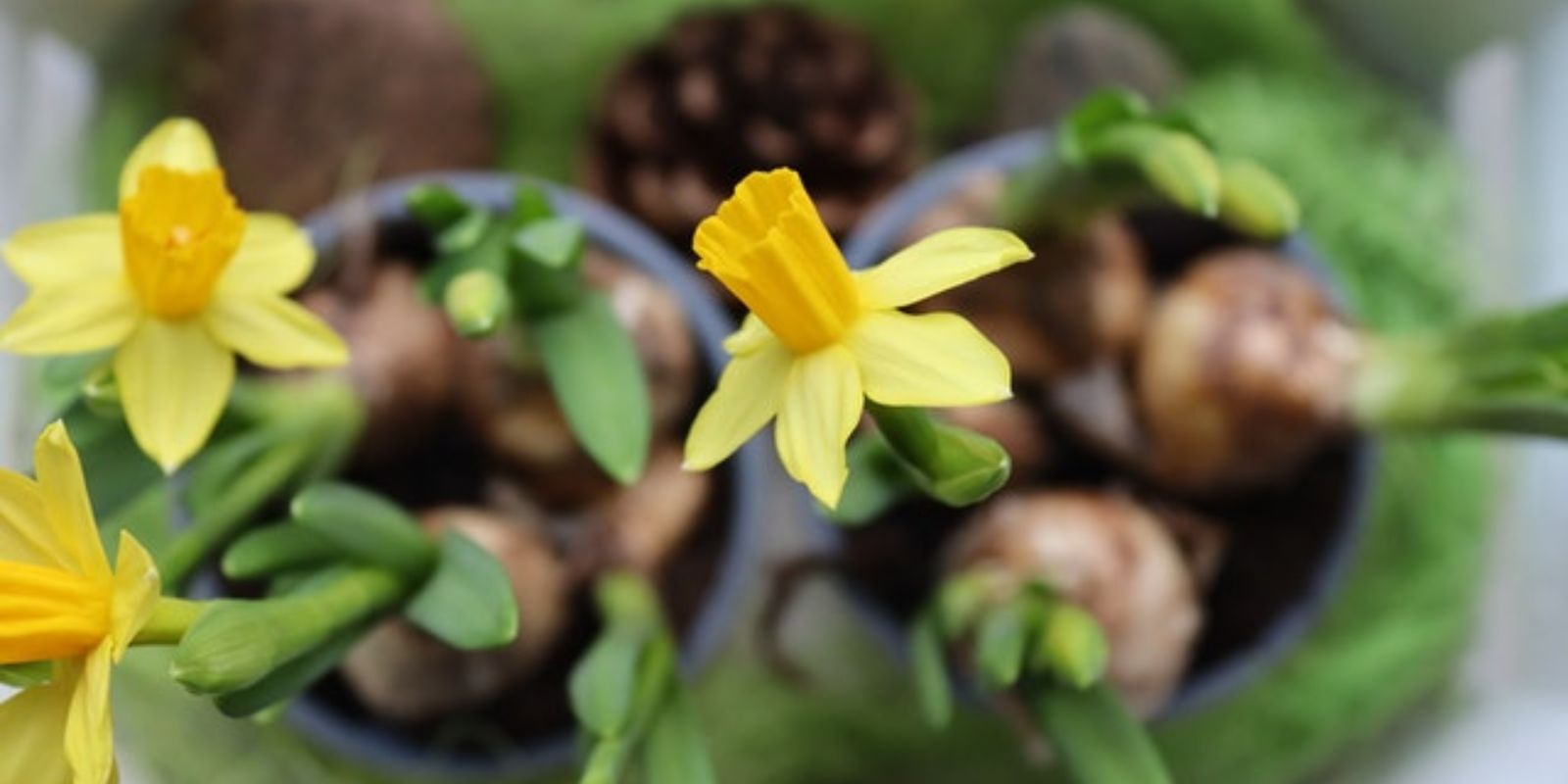Geraniums are cherished by gardeners around the world for their vibrant blooms, resilience, and ability to thrive in various conditions. These perennial favorites come in a range of colors, shapes, and sizes, making them a popular choice for both outdoor gardens and indoor pots. However, to maintain their dazzling display of flowers throughout the growing season, it’s crucial to provide the right care, particularly when it comes to watering. In this article, we will explore essential tips and techniques for keeping your geraniums blooming beautifully, ensuring that your garden remains colorful and lively.
Understanding Geraniums
What Are Geraniums?
Geraniums, scientifically known as Pelargonium, belong to the Geraniaceae family and are often confused with true geraniums (from the genus Geranium). Commonly grown for their ornamental value, geraniums are characterized by their rounded leaves and clusters of flowers that can be found in nearly every color of the rainbow.
Why Are Geraniums Popular?
Geraniums are popular for several reasons:
- Vibrant Colors: They provide a brilliant splash of color to gardens, patios, and balconies.
- Versatility: Suitable for both indoor and outdoor gardening, geraniums can adapt to various settings.
- Long Blooming Period: With the right care, geraniums can bloom continuously from spring until the first frost.
- Low Maintenance: They are relatively easy to grow, making them ideal for novice gardeners.
The Importance of Proper Watering
Watering is one of the most critical aspects of plant care. For geraniums, proper watering techniques can make the difference between a thriving plant with abundant blooms and a struggling one with wilting leaves and sparse flowers. Here’s why watering is crucial:
- Root Health: Adequate watering promotes healthy root development, which is essential for nutrient absorption.
- Flower Production: Proper moisture levels encourage continuous blooming, while drought stress can lead to reduced flower production.
- Disease Prevention: Overwatering can lead to root rot and fungal diseases, while underwatering can cause stress and vulnerability to pests.
Step-by-Step Guide to Keeping Your Geraniums Blooming
1. Check Soil Moisture
Before watering your geraniums, it’s essential to assess the soil’s moisture levels. A simple way to do this is to stick your finger about an inch into the soil:
- If the soil feels dry: It’s time to water.
- If the soil feels damp: Wait a day or two before checking again.
2. Water Deeply
When it’s time to water your geraniums, make sure to do it thoroughly:
- Use a watering can or hose: Direct the water to the base of the plant.
- Soak the soil: Continue watering until you see liquid draining from the bottom of the pot or container. This encourages deep root growth and ensures the entire root system receives moisture.
3. Avoid Overwatering
While geraniums love water, they do not appreciate soggy soil. Overwatering can lead to root rot and other fungal diseases:
- Ensure proper drainage: Make sure pots have drainage holes, and if you’re planting in the ground, amend the soil with organic matter to improve drainage.
- Monitor humidity: In humid climates, geraniums may require less frequent watering.
4. Water in the Morning
Timing your watering can significantly impact your geraniums’ health:
- Water in the early morning: This allows the water to soak into the soil before the heat of the day causes evaporation.
- Reduce fungal risks: Morning watering helps the leaves dry off during the day, reducing the likelihood of fungal diseases.
5. Use Fertilizer Wisely
Fertilizing your geraniums is essential for robust growth and blooming:
- Choose a balanced fertilizer: Look for a formula with equal parts nitrogen, phosphorus, and potassium (N-P-K). A 10-10-10 or 20-20-20 fertilizer works well.
- Fertilize every 4-6 weeks: During the growing season, feeding your geraniums regularly helps provide the nutrients they need to produce abundant flowers.
6. Monitor for Wilting
Keeping an eye on your geraniums for signs of wilting can help you catch watering issues early:
- Wilting leaves: This may indicate that the plant is either under-watered or over-watered.
- Adjust watering accordingly: If the leaves are wilting but the soil is damp, reduce watering frequency. If the soil is dry, increase watering.
Additional Tips for Thriving Geraniums
While proper watering is crucial, there are other factors that contribute to the overall health of your geraniums:
1. Choose the Right Location
Geraniums thrive in bright, indirect sunlight:
- Ideal light conditions: They prefer 6 to 8 hours of sunlight daily. A spot that receives morning sun and afternoon shade is ideal.
- Indoor placement: Place pots near a window that receives plenty of light.
2. Prune Regularly
Pruning helps maintain shape and encourages new growth:
- Deadheading: Remove spent flowers to promote further blooming.
- Trimming leggy growth: Cut back long stems to encourage bushier growth.
3. Protect from Pests
Geraniums can attract pests like aphids and whiteflies:
- Regularly inspect your plants: Check the undersides of leaves and stems for signs of pests.
- Use insecticidal soap: If you notice an infestation, treat it promptly with insecticidal soap or neem oil.
4. Prepare for Winter
If you live in an area with frost, you’ll need to prepare your geraniums for winter:
- Bring pots indoors: If growing in containers, move them indoors before the first frost.
- Cut back foliage: Trim back the plants to encourage new growth in the spring.
Conclusion
With the right care and attention, your geraniums can thrive, bringing beauty and color to your garden or home. Remember that proper watering is crucial for promoting healthy growth and continuous blooming. By following these steps and tips, you’ll be well on your way to enjoying a spectacular display of geraniums throughout the growing season.
Engage with Us! 🌼
Have you successfully kept your geraniums blooming? Share your tips and experiences with us using the hashtags #GeraniumJoy #BloomingBeauty #GardeningGoals! We’d love to see your beautiful blooms!

